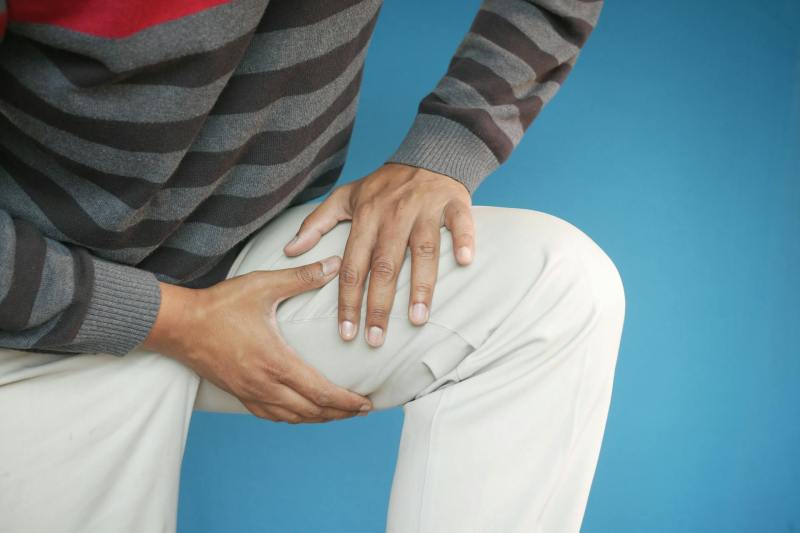When you’ve pushed through an intense workout, you might have sore muscles to go along with that surge of accomplishment. Maybe it’s those quads and hammies after leg day or triceps and biceps after upper body day. Delayed onset muscle soreness, or DOMS, refers to the familiar soreness that some people try to avoid, while others believe it indicates effective training that’s making an impact on the muscle groups.
What is DOMS?

DOMS is the body’s natural inflammatory response and micro tears in the muscle fibers that occur after an intense workout. While some people believe it’s a bad thing, that’s not necessarily true. This post-workout inflammatory response in your muscles could actually help muscle recovery and growth. It’s the chronic high level of systemic inflammation in your body that becomes a problem.
Is DOMS a sign you’re effectively building muscle?

Just because your muscles are sore doesn’t necessarily mean that they’re getting bigger in size, and on the flip side, just because they don’t feel sore doesn’t mean your training isn’t working. The proper recovery and protocol is the best way to promote muscle growth.
What does the research show?

Working out can cause microscopic tears in your muscle fibers, and your muscles can grow when your body repairs this muscle damage. Repairing this damage requires eating enough protein.
In a study published in the International Journal of Sport and Health Science, researchers found that muscle soreness or damage isn’t essential for building muscle mass through exercise. A study in the Journal of Strength and Conditioning Research also concludes the same: that muscle soreness and damage aren’t a requirement for muscle growth to take place.
The takeaway

Soreness usually happens when you challenge your muscles with something new, ramp up the intensity of your training, or come back to working out after a long break. The takeaway here is that you can still build muscle even if you don’t feel any soreness. DOMS isn’t a reliable sign that your training is working or that your muscles are growing, so it’s best to use other measures and indicators instead.




